Frame-rate and resolution discourse is "getting a bit out of hand", says Alan Wake 2 dev
"People look at the numbers and say, oh that's bad."
In the nicest possible way, and with the greatest of respect, Remedy's comms director Thomas Puha would like people to stop fixating on frame-rate and resolution and get on with their bloody lives. Or at least, that's my summary of his thoughts following the recent announcement on Xitter that Alan Wake 2 will have a performance mode on PS5 and Xbox Series X, allowing consoleers for whom responsiveness is a priority to eke a higher frame-rate out of a game "built from the beginning as a 30fps experience focusing on visuals and ambiance."
Puha has subsequently been chatting to press about the creation of the mode and Alan Wake 2's visuals at large. In what has become a time-honoured ceremony for any AAA game developer a month or two before release, he took a moment to observe that focussing on frame-rate vs resolution is missing the wood for the trees. (The trees in question do take a toll on Alan Wake 2's performance, but we'll get to that further down the page.)
Puha avoided giving figures for the game's performance mode FPS and resolution in his announcement Xpost - it'll "mostly" function at 60 frames a second - because he knew it would spark a fresh round of discourse. "When I tweeted about this I didn't tweet the resolution, because people look at the numbers and say, oh that's bad," he told IGN in a tech chat that is worth a watch, even if you're playing on PC. "I'm like, you should look at the image quality of this game."
There's obviously much more to videogame performance than the ratio between frame-rate and resolution. "That's not the thing that just like, magically makes it run somewhere close to 60," Puha said of lowering the resolution, adding that Alan Wake 2 makes use of "a lot of tricks" to increase the frame-rate where it can. "Our engine has a bunch of settings, and really it's about tweaking those settings. Like texture detail, shadow detail, quality of the lighting - all of these things, you're trying to maintain a really good visual quality, while you're trying to get attain that frame rate."
Remedy have also redone their "rendering pipeline" and come up with a new "occlusion culling system", to ensure the most graphic of graphics, running at the framiest of frame-rates. What are these things, you ask? Permit me, a seasoned videogames journalist, to explain. A "rendering pipeline" is a big pipe that siphons the graphics from the magma layer directly beneath your computer or console, which is why videogames have higher resolutions nearer to active volcanoes. "Occlusion culling", meanwhile, is when the game takes all the objects and creatures you can't see out back and ritually murders them to appease the Benchmark Gods.
Puha also had a bit to say about specific areas of Alan Wake 2 where achieving a certain frame-rate is trickier. To a degree, it comes down to which of the two playable characters you control - the haggard mystery author himself, or newcomer Saga Anderson - as each protagonist pursues their story through a different kind of environment, with different computational costs.
"The dark place where Wake is most of the time is relatively easy," Puha noted. "It's kind of an urban environment - the draw distance, everything is just a lot more manageable from a performance standpoint. Then you go to the Saga side in the Pacific Northwest, where we just really have to make life hard for ourselves.
"We have huge amounts of trees. We have huge amounts of foliage. We have super good lighting - we do it in a very expensive way so that it looks really, really nice. And all of those things are just super expensive to do and to render, because [of the] transparencies, you know, the leaves and the bushes and all that."
Elsewhere in the chat, Puha offered the broader point that specific types of game suit particular frame-rates - it makes no sense to insist they all meet whatever the popularly accepted minimum is at the time of release. "The decision when you start making a game isn't about the frame rate," he said. "It's about what kind of game you're going to make, and then later down the line it's like OK, what kind of gameplay will it have, is it fast-paced and all that, which means it probably wants a higher frame-rate."
Notwithstanding his discourse-fatigue, Puha is looking forward to reading reactions to Alan Wake 2's troubled world. "I'm really curious [about], when the game ships, what people will think, even though I think this discourse about resolutions and frame rates and everything is getting a bit out of hand," he concluded. "But hey, here I am talking about it as well."
You can read more about Mr Wake and his doings in Ed's recent Alan Wake 2 preview. He was pretty enthusiastic. Alice0 was less so. Release is just a handful of weeks away - if you're intrigued by the technology it runs on, James has many thoughts on "path tracing", which sadly isn't about beating the undergrowth flat so the graphics can literally travel faster, though this would be consistent with the stuff about trees and woods above.
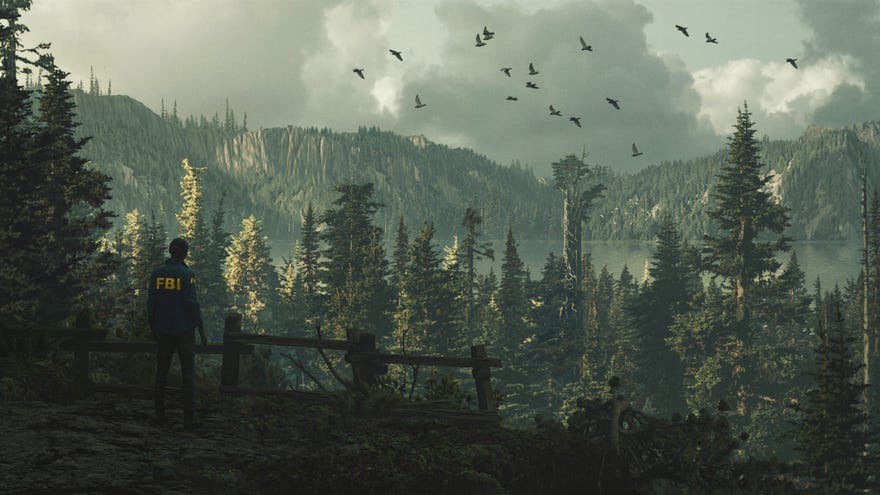

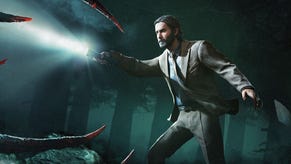




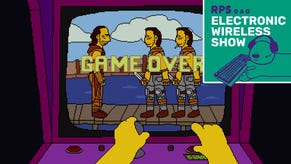

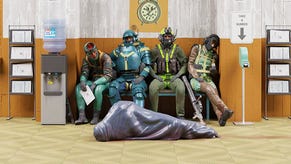
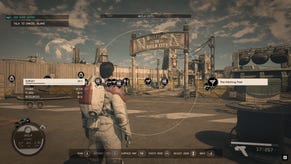



.jpg?width=291&height=164&fit=crop&quality=80&format=jpg&auto=webp)


